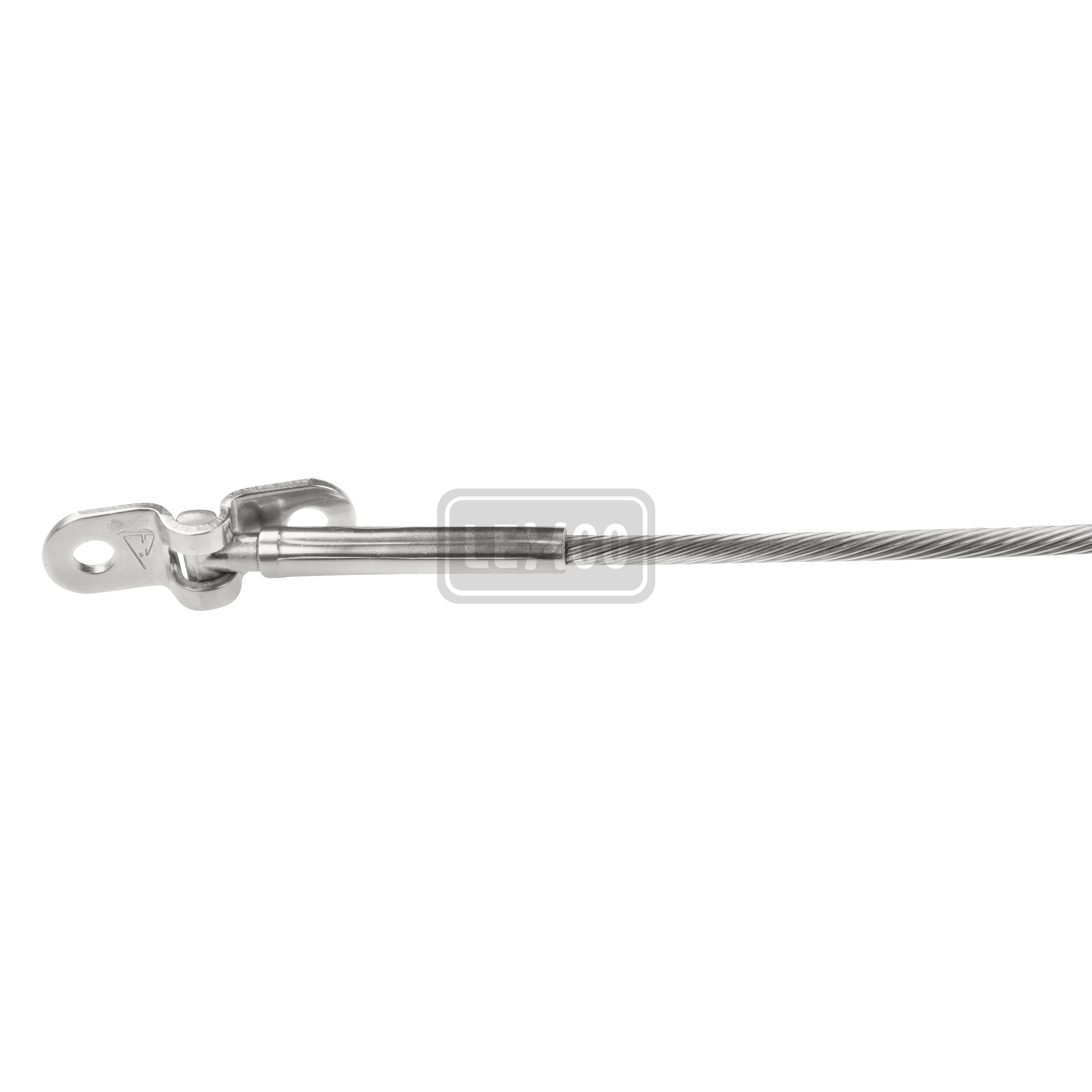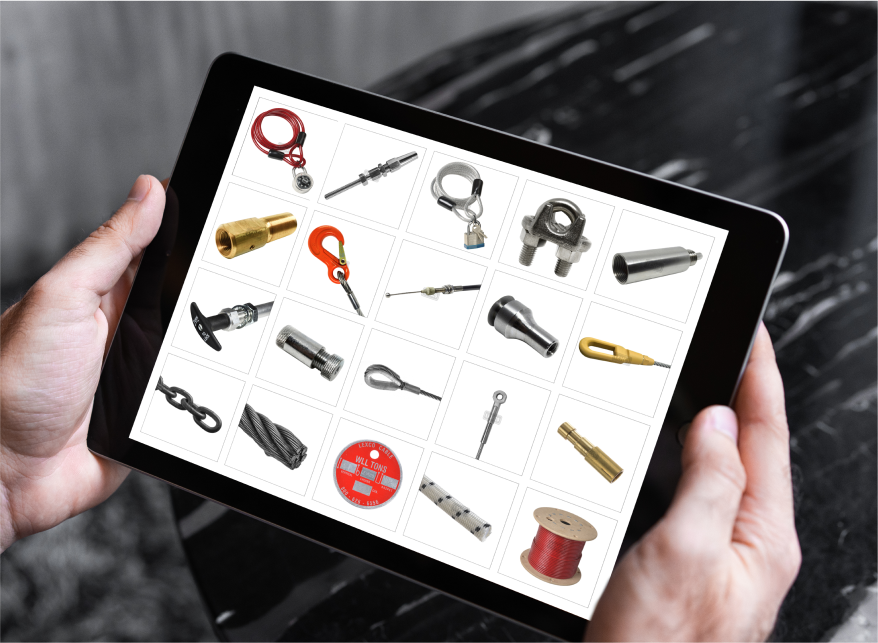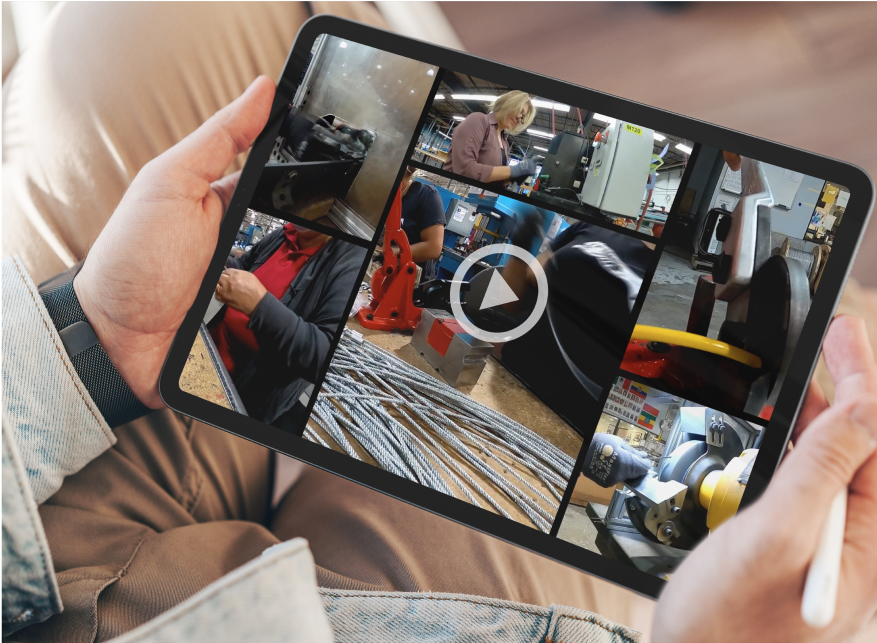Cable Railing Systems: Choosing the Right Components
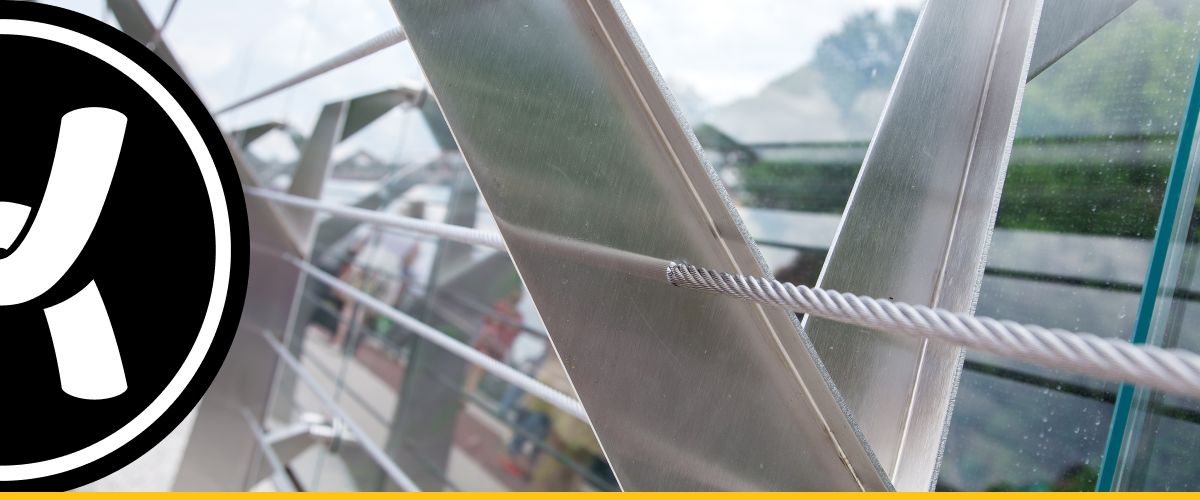
Cable Railing Systems: Choosing the Right Components
Cable railing systems, also known as wire railing systems, are modern and versatile safety elements. They are both functional and aesthetically pleasing. Cable railing systems are guard rails, which present a hard boundary to prevent accidental falls and provide support for people to use while moving about.
Common guard rails are made of larger hard elements, such as spindles, glass, and mesh, for the infill space. Cable rails use a series of taut steel cables to fill that space while maintaining an unobstructed view. Cable rails are used in many different applications, both commercial and residentialresidential, but this article will focus primarily on residential and commercial architectural and industrial uses.
Cable Railing Systems in Architecture

Cable railing systems have many inherent advantages owing to properties of their design and materials.
- Strength: Stainless steel cables are extremely strong for their size and weight. A thin and sleek cable rail can still resist a significant amount of force. Commercial settings tend to have these cable railings alongside staircases, mezzanines, and as protective barriers around elevated platforms or work areas.
- Durability: Stainless steel is resistant to corrosion and mechanical damage. Steel cables last a long time and do not lose significant strength as they undergo gradual wear.
- Versatility: Cables are relatively thin, allowing them to be shaped to fit complex rail designs without losing strength. Their resistance to wear also allows them to be installed in adverse environments, such as coastal areas where exposure to salt water would degrade many other materials.
- Aesthetics: Cable railings fit a modern design environment but also allow for the local view to become the focus rather than the railing itself. They are unobtrusive, light, open, and bright, which fits many scenes from office staircases to scenic mountain overlooks.
Additionally, sheathing gives shock cords their exterior color. MIL-C-5651 bungee is natural white cotton with color tracers for date traceability. The most common color for a commercial bungee cord is solid black, but they can also be white with a tracer. Other colors, with or without tracers, are also available.
Basic Cable Railing Components
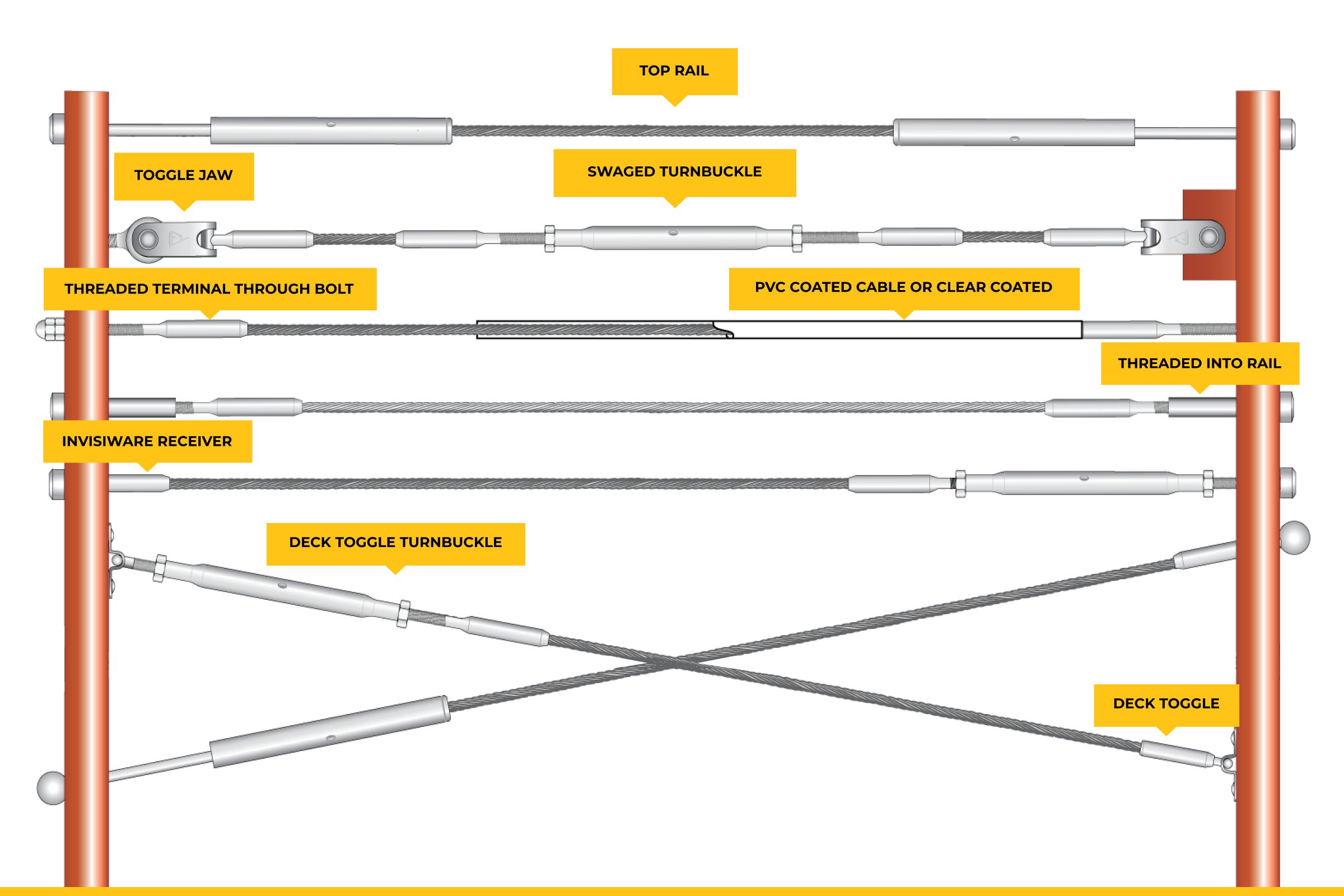
All cable railing systems have the same basic structure. But within that basic design, there’s a world of design differences that affect both the form and function of the final product.
Frame (Top Rail, Intermediate Post, Termination Post)
The top rail is where people put their hands, and it also acts to prevent damage to the cables. The termination posts are the end vertical posts of a cable run, to which cables attach. The intermediate posts are posts in the middle of a run that help support long runs of cable and provide structure to the frame.
Cables
The actual cables themselves have a wide variety of design elements that affect what forces they can resist, how much they can bend, how strong they are, and how much they cost. Cable railings will often come in sizes from 1/8” to 3/8”, with some variation in cable structure depending upon the specific application.
Most Common Cable Railing
| Typical Cable Railing Diameters | 1/8”, 3/16”, 1/4” |
| Typical Strand Construction | 1×19 |
| Typical Material | SS304 and/or SS316 |
End Stops and Tensioners
The ends of cables are terminated by various types of end stops and tensioners that hold the cable and pull it taut. End stops can be fixed, swaged or swageless, threaded or non-threaded, beveled, ball-terminated, push locks, and more. Tensioners include both ends and turnbuckles that attach to the cable and allow fine tensioning of the cable.
How Are End Stops and Tensioners Installed? There’s 3 install options:
- Crimp with hand tool such as # 53-215
- Machine swage with tool and die.
- Swageless fittings.
- Traditional swageless includes a plug inside of a sleeve.
- Push-Lock & Pull-Lock
The Best Components for Your Project
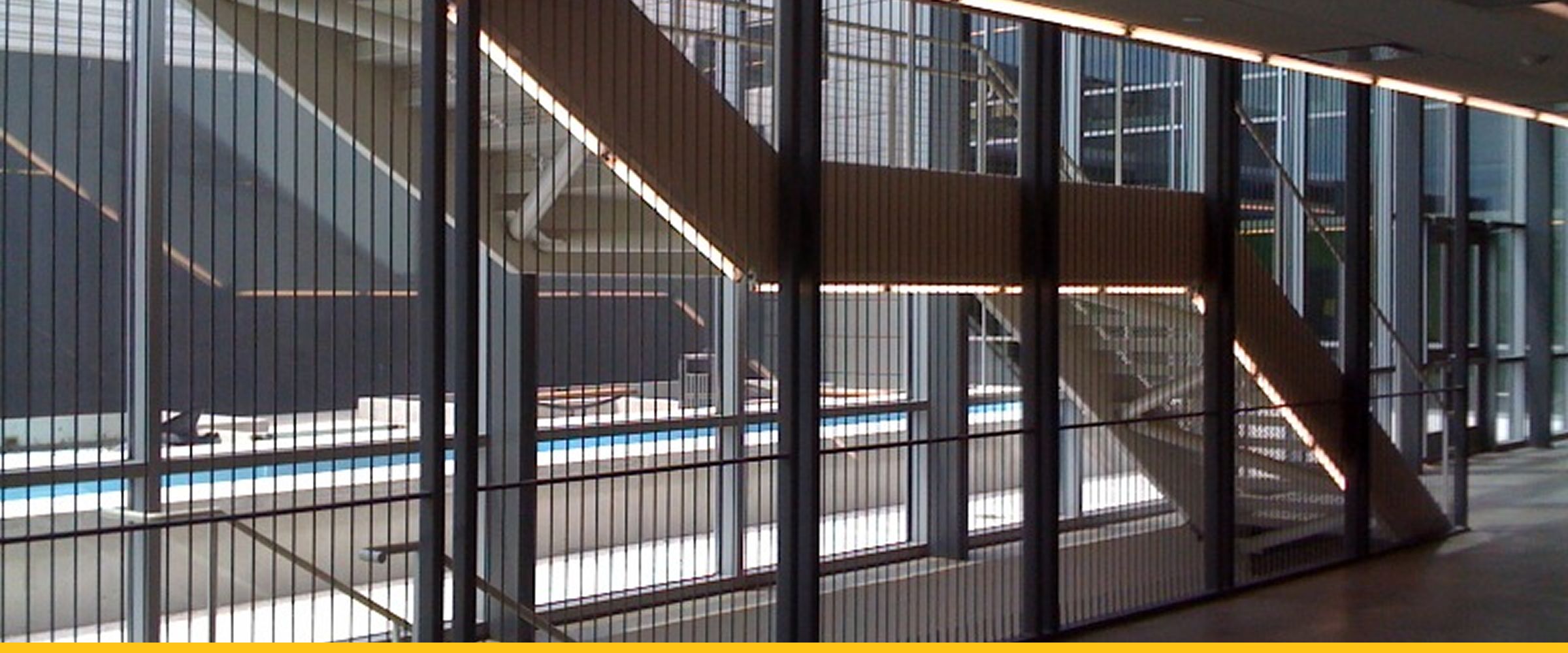
Cable component designs generally fall into two categories: marine-inspired or architecture-inspired. Both designs can be used in any part of a cable railing design, oftentimes repeated across multiple cable runs.
Cable railings are organized into sections of cable assemblies, each section can also be referred to as a ‘run’. At the start and end of each section (run), the cable terminates with end fittings secured to end posts. Most sections (runs) do not exceed 50 FT continuously due to tensioning considerations and practicality (sections typically start and stop at corners).
Runs can be installed within the post framework straight (horizontal) or angled (sloped for stairs), and many projects include combinations of both straight and angled.
Straight Cable Runs
Straight horizontal cable runs are used on flat, horizontal surfaces like patios, balconies, and decks. They usually feature threaded terminals, invisible receivers and studs, and classic toggle turnbuckles (deck toggle or jaw toggle).
Common components for straight runs include:
Vertical Straight Runs
Straight runs can also be installed vertical, where they attach to the top of a handrail and to the foot rail. These can be used in many places, such as narrow walls, staircases, and as an alternative to straight horizontal cable runs. They are mostly used with metal posts, but since the posts are not as prominent in such systems, these cable runs prioritize low-profile or invisible components. These can be various short receivers and termination components that go through the post rather than attach to the face.
Common components for vertical straight runs include:
Angled Runs
Angled runs are used on sloped sections, typically stairs or ramps. Since posts are installed vertically and plumb, the components of an angled run have to adapt to the slope using beveled washers or the cable will bend where it exits the termination. Invisiware receivers with studs can be installed with bevel washers or installed level, this allows the cable to bend when exiting the receiver.
Metal & Wood Railings
It’s important to note that construction material impacts the selection of cable railing components. While many cable railing systems are constructed from metal, some use wood. A wood railing system will require different components, which are specially designed to support the unique features and needs of the wood. Common wood cable railing components and accessories include Lag Swage Studs, Adjust-a-Body with Hanger Bolts, and Washers.
A Note About Terminology
As you choose your cable railing components, be mindful that components and fittings in this category often have proprietary names from different manufacturers and vendors. However, while they may have different names, they are the same components and will function the same.
Safety Considerations
Cable railing systems are not simply aesthetic; they are functional safety systems. The design of a cable system must account for various safety considerations.
Weight limitations of a cable railing system depend upon the strength of the cable. Thicker cables and stronger designs can carry more weight, so matching the cable to the design specification is important.
However, the strength of a cable is also dependent upon its installation and its maintenance. Local laws and codes must be strictly followed to ensure safe installation, and proper maintenance of a cable railing system, including corrosion prevention, is vital to ensure that the system is safe long into the future
Conclusion
Cable railing systems are a core part of modern architecture and safety design. They are strong, aesthetically pleasing, and versatile due to the wide variety of cables, designs, and components.
Lexco Cable is a leading manufacturer of steel cables, cable components, installation tools, and prefabricated cable railing assemblies. Get a quote for your cable railing system from Lexco Cable today.
PRODUCTS MENTIONED IN THIS BLOG


